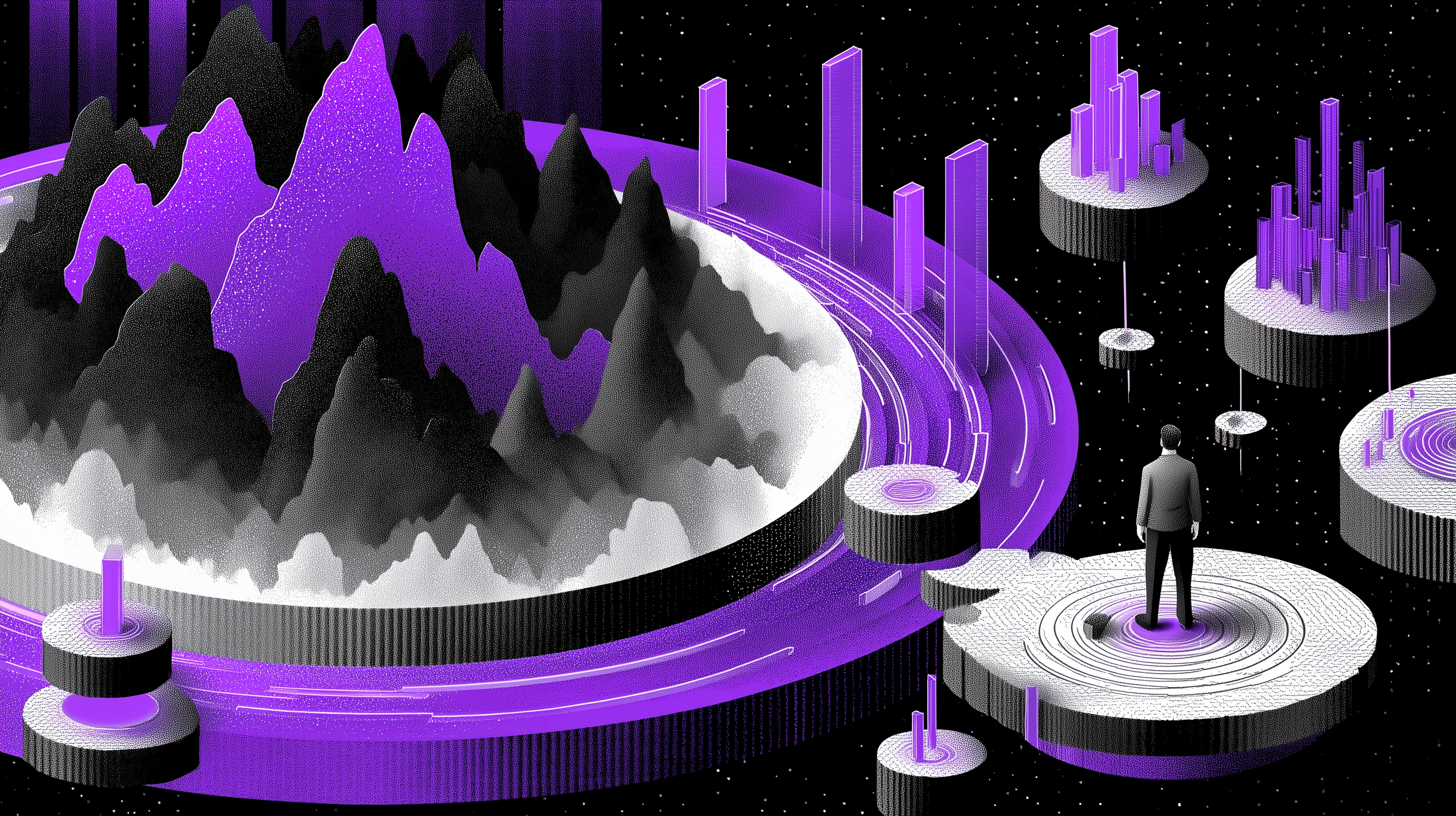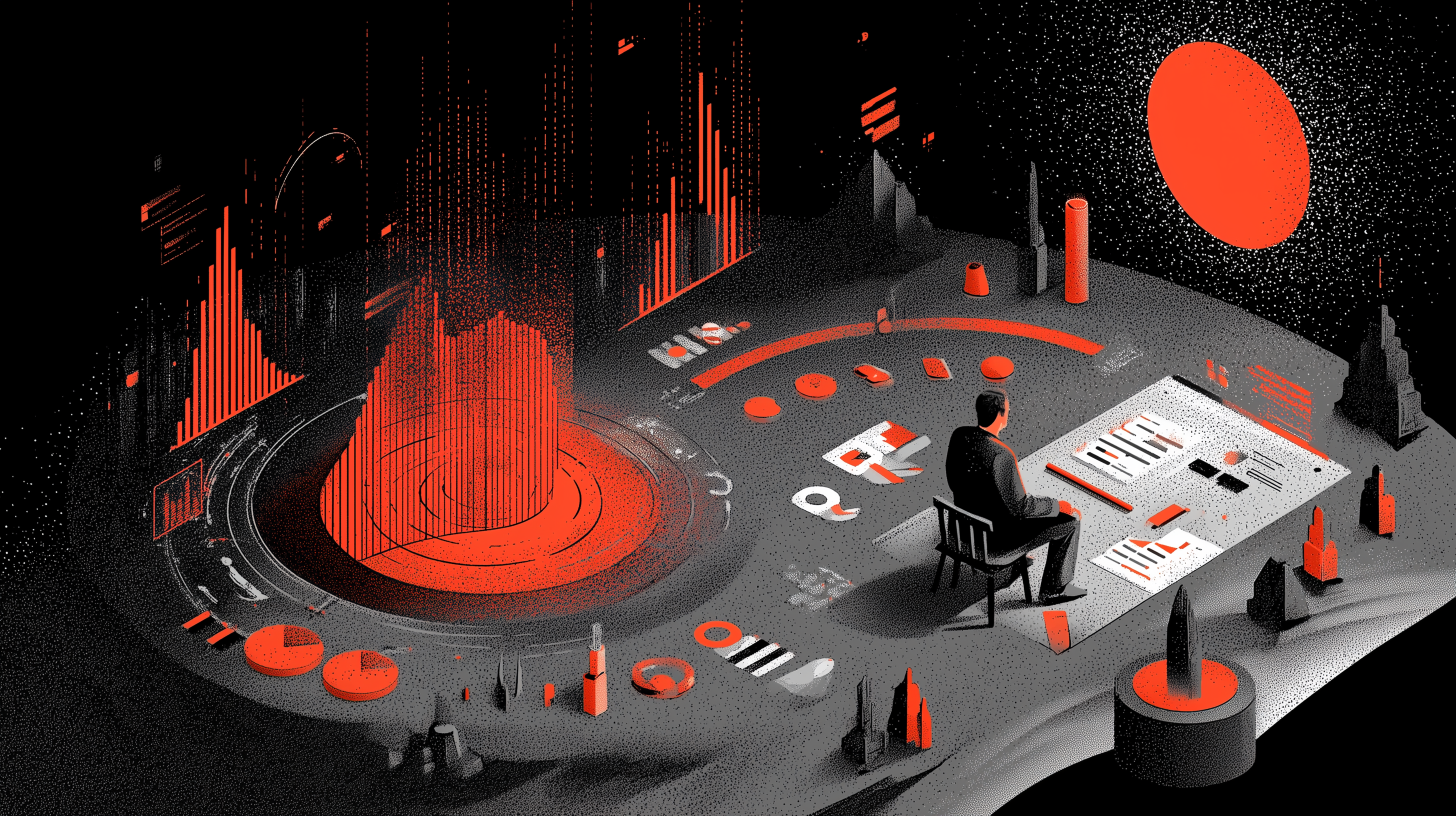The future of automation: exploring the potential of AI agentic in marketing & communication business processes

Discover How Agentic AI Is Transforming Marketing and Communication Processes Through Intelligent Autonomy
The Evolution of Marketing Processes: Toward Intelligent Automation Powered by Agentic AI
The age of automation has already reshaped the marketing and communication industries: scheduled campaigns, segmentation, automated email delivery, automatically generated reports... Yet, most of these automations remain “reactive,” driven by manually defined workflows.
The next major shift is the rise of agentic AI — autonomous agents capable not only of executing actions but also of planning, adapting, and coordinating without constant human supervision.
In this article, we’ll explore what agentic AI is, how it applies to marketing and communication, its tangible benefits, and the future perspectives for integration. The goal: to offer a pragmatic, evidence-based vision of this transformation to inspire and inform your strategy.
What Is Agentic AI?
Definition and Key Features
Agentic AI refers to a new generation of autonomous agents capable of analyzing situations, making decisions, and taking actions to achieve specific goals without continuous human oversight.
Unlike traditional generative AI, which focuses on producing text or media, an agentic system can orchestrate sequences of actions: trigger tasks automatically, monitor their progress, adjust in real time based on results, and collaborate with other agents or systems.
According to McKinsey (Seizing the Agentic AI Advantage), these agents represent a concrete evolution of generative AI: combining reasoning, planning, and memory with embedded execution capabilities connected to business systems. This combination paves the way for a smoother and more coherent automation of enterprise processes.
From Classical Automation to Agentic AI
The transition toward agentic AI follows naturally from recent technological transformations.
Traditional automation (or RPA) relies on fixed rules: it executes repetitive tasks — sending emails, segmentation, reporting — based on pre-programmed scenarios. Humans remain the trigger and controller of the process.
Generative AI introduced creativity: it can generate text, visuals, or recommendations but still requires human validation and implementation.
Agentic AI goes a step further — combining contextual understanding with the ability to act. Agents can plan sequences, adapt in real time, and directly interact with business systems (CRM, marketing platforms, analytics tools).
PwC describes this as a shift “from assistance to autonomous collaboration,” where agents become genuine digital teammates capable of executing continuously optimized plans (PwC – Agentic AI: The New Frontier in GenAI).
The Architecture and Functioning of Agentic AI
The Three Pillars: Planning, Memory, and Coordination
An agentic system rests on three essential pillars: planning, memory, and coordination. The agent breaks down objectives into sub-tasks, retains contextual memory of its actions, and collaborates with other agents or specialized modules. Connected to business systems via APIs, it learns continuously through feedback loops.
Governance and Supervision
As agents gain autonomy, a solid governance framework becomes essential.
Organizations deploying agentic systems must ensure transparency, security, and accountability in the agents’ decision-making.
This often includes implementing verification agents (or critics agents) that audit decisions made by other agents, as well as compliance agents that enforce internal rules and regulatory constraints.
Beyond technical safeguards, human oversight remains crucial. Experts must be able to understand, validate, and, if necessary, correct agentic actions.
McKinsey (The Agentic Organization: Contours of the Next Paradigm for the AI Era) emphasizes that truly agentic organizations do not delegate control to AI — they design workflows that combine algorithmic autonomy with systematic human validation.
Thus, modern governance relies not only on the performance of agents but also on their auditability, explainability, and adaptability at all times.
The Tangible Impact of Agentic AI in Marketing and Communication
Still in early adoption, agentic AI currently acts as an intelligent assistant for marketing teams — analyzing, recommending, and executing certain technical tasks while leaving strategic control to humans.
AI agents can already analyze data from multiple marketing channels (CRM, advertising platforms, social media) and make optimization recommendations. In some cases, they can even execute simple actions, such as adjusting a parameter or generating performance reports, provided they’re integrated with programmable systems (APIs).
This model, which McKinsey calls “bounded autonomy,” represents the first step toward intelligent, adaptive orchestration of marketing processes.
PwC describes this as contextual orchestration, where the agent optimizes without making independent strategic decisions, while Gartner refers to it as adaptive automation.
McKinsey estimates that agentic AI can automate up to 40% of repetitive tasks, freeing teams to focus on strategy and creativity.
Agentic AI: The Next Frontier of Marketing Automation
Agentic AI represents a qualitative leap in automating marketing and communication processes. It allows organizations to move beyond reactive automation and deploy agents capable of planning, acting, adapting, and orchestrating complex workflows with a high degree of autonomy.
To prepare now, organizations should start with targeted use cases, strengthen their data foundations, experiment with agent orchestrators (Agent OS), and train their teams.
The goal is clear: empower humans to play their best role — as strategists and pilots, while agents handle the seamless execution of operations.
The era of intelligent automation is already underway — and agentic AI is the cornerstone that will unlock its full potential.
FAQ: The Future of Agentic AI in Marketing and Communication
1. What is Agentic AI and how does it work?
Agentic AI is an autonomous system capable of performing actions, planning tasks, integrating context, collaborating with other agents, and adapting through memory to achieve a defined goal (McKinsey & Company).
2. How does Agentic AI differ from generative AI or traditional automation?
Generative AI creates content on demand; traditional automation follows fixed rules. Agentic AI combines planning, autonomy, integration, and adaptability to orchestrate entire workflows without constant human intervention.
3. What are the concrete use cases in marketing and communication?
Key examples include real-time campaign optimization, intelligent lead nurturing and scoring, proactive conversational agents, dynamic content generation and adaptation, and multi-channel orchestration.
4. How can my organization start an Agentic AI project?
Select a high-impact use case, structure your workflow around the agent, launch a pilot, measure outcomes, and scale gradually. Add orchestration and supervision layers to ensure governance.
5. What is the projected growth or adoption rate for Agentic AI?
PwC anticipates that agentic AI will become the next frontier of generative AI. In parallel, McKinsey notes that agentic systems can transform workflows, while generative AI alone struggles to create sustained business impact.
Authoritative Sources
- McKinsey – Seizing the Agentic AI Advantage
- McKinsey – The Future of Customer Experience: Embracing Agentic AI
- McKinsey – What is an AI Agent?
- McKinsey – One Year of Agentic AI: Six Lessons
- PwC – Agentic AI: The New Frontier in GenAI
- PwC – AI Agent Survey
- PwC – Agent OS / Agent Orchestration
Other Posts

Where should applied ai intervene to maximize the impact of marketing campaigns ?

How AI agentizes market data to write strategic pre-creation recommendations.

